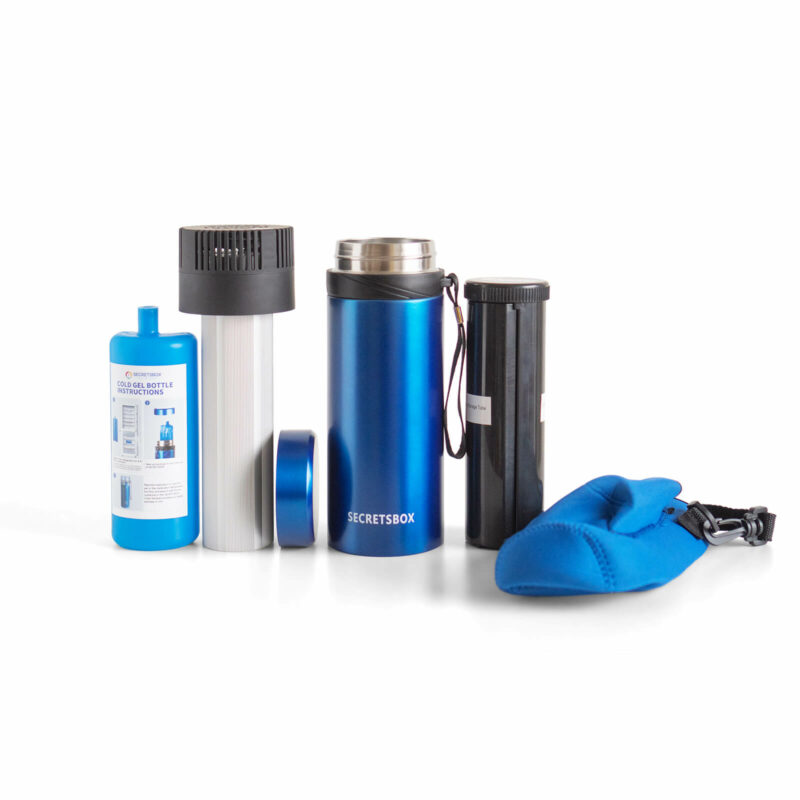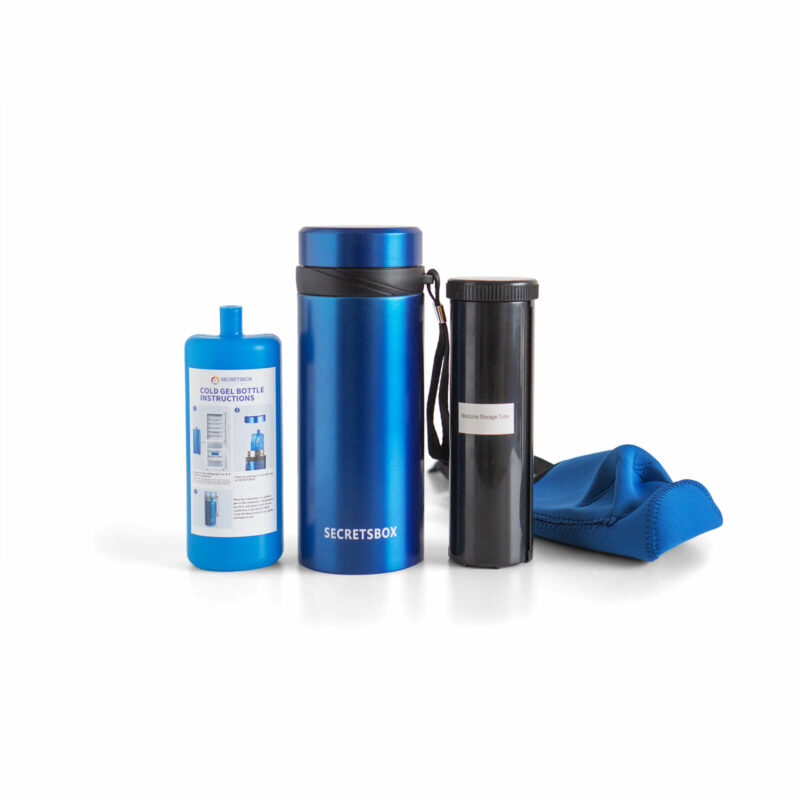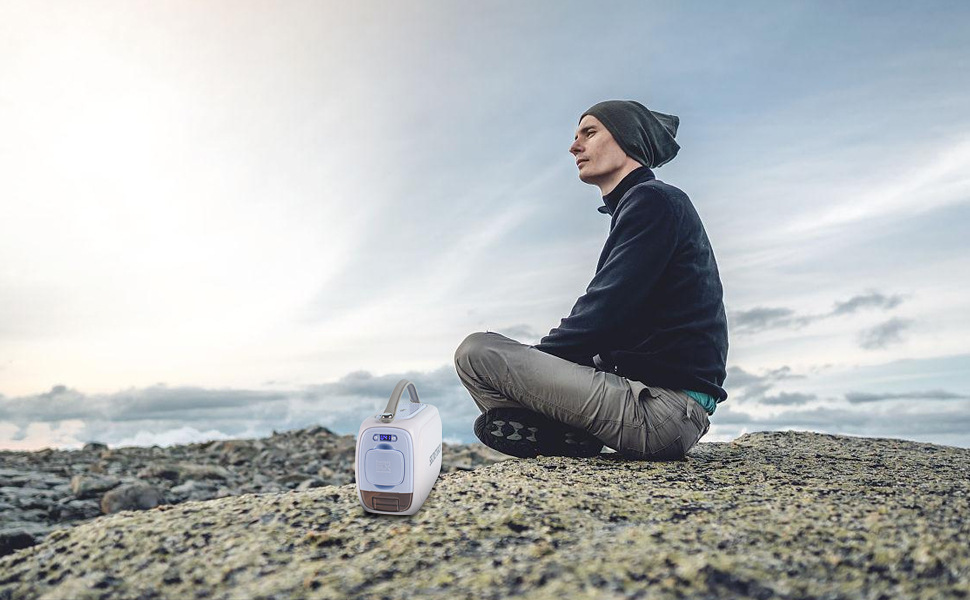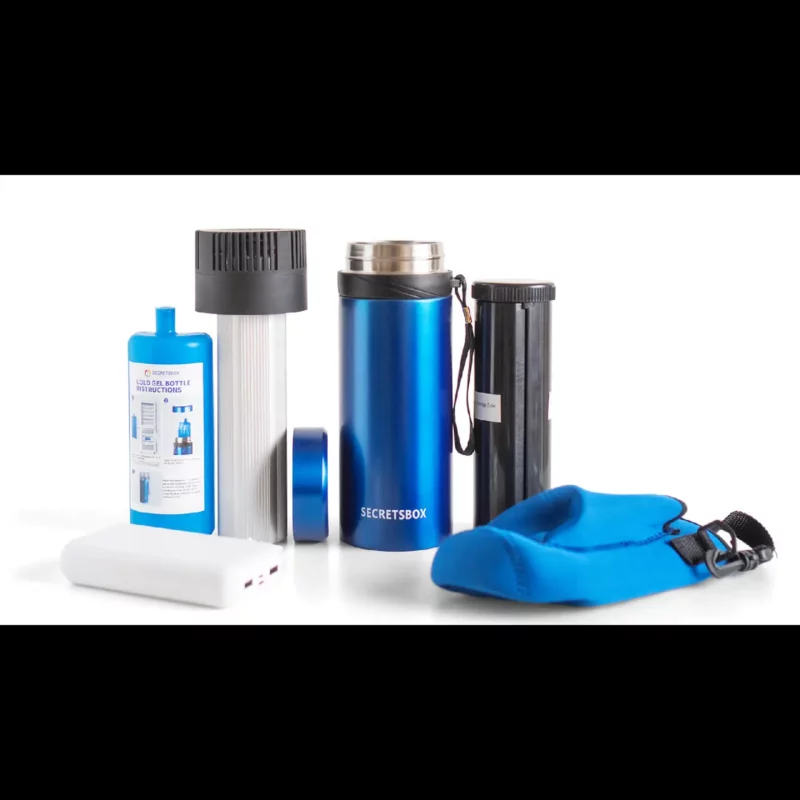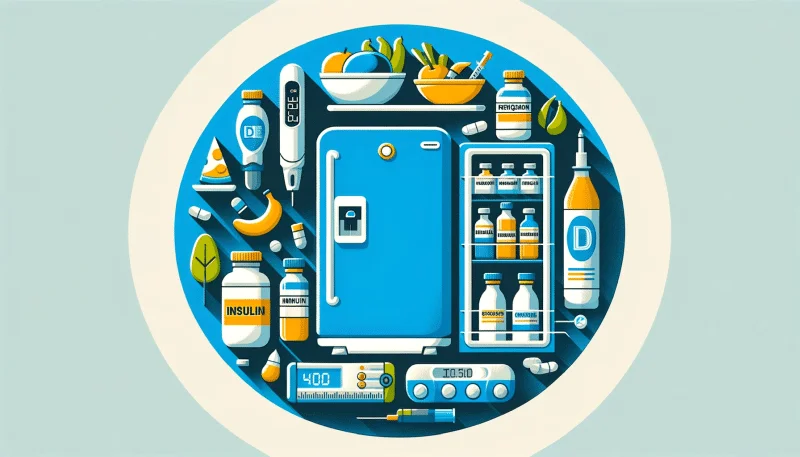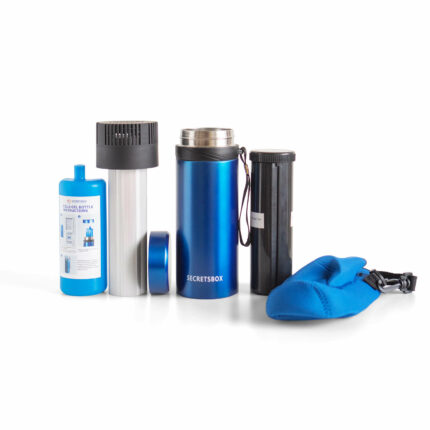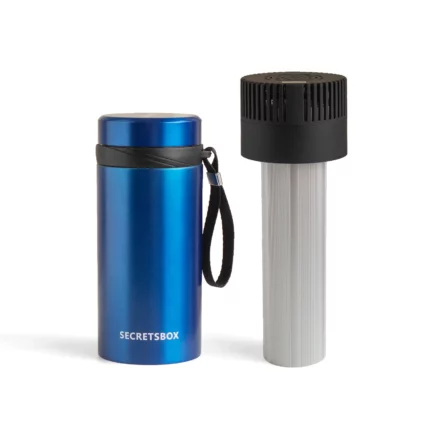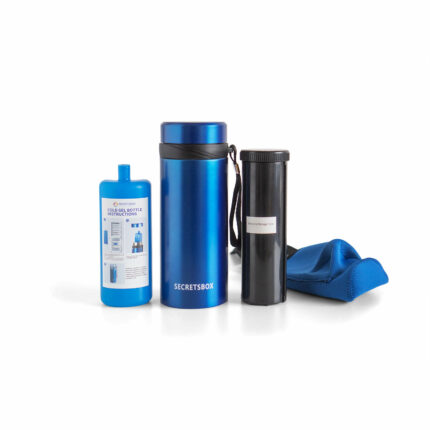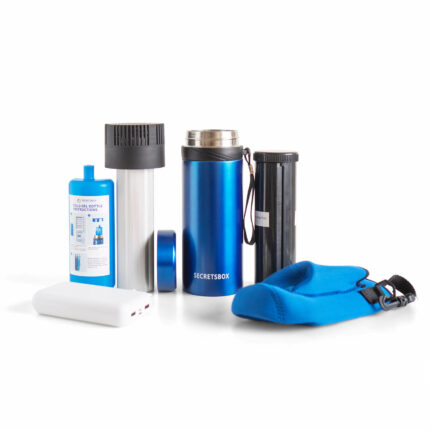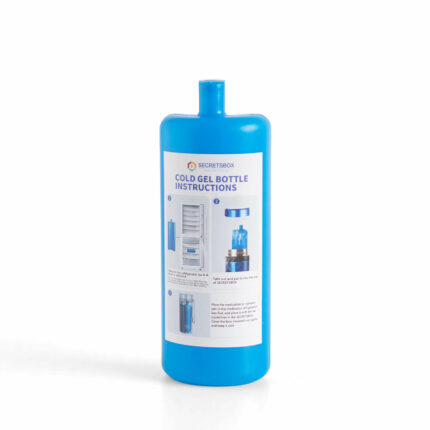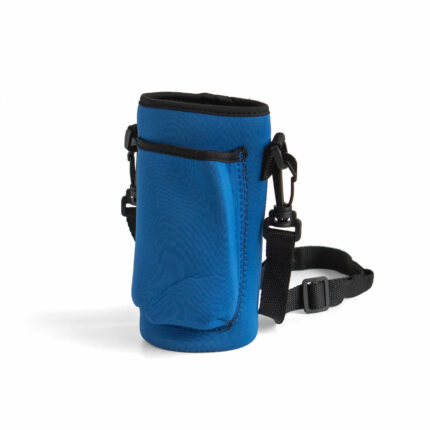Insulin Storage
- Ideal Storage Conditions: Unopened insulin should be stored in a refrigerator at 36°F to 46°F to maintain its effectiveness until the expiration date on the packaging.
- Storage Without Refrigeration: In the absence of a refrigerator, insulin (whether opened or not) can be stored at temperatures between 59°F and 86°F, with a maximum effective period of 28 days. However, insulin that has been diluted or removed from its original packaging for other purposes should be used within two weeks.
- Effect of Extreme Temperatures: Insulin gradually loses effectiveness when exposed to extreme temperatures. Therefore, it should be kept as cool as possible to avoid freezing. Insulin that has been frozen cannot be used.
- Returning to Normal Storage Conditions: Once properly stored insulin is available again, insulin that has been exposed to extreme conditions should be discarded and replaced. If there are any questions, patients can contact the insulin manufacturer.
Storage for Insulin Pumps
- Insulin in the infusion set of a pump (such as reservoir, tubing, catheters) should be discarded after 48 hours or immediately if exposed to temperatures above 98.6°F.
Switching Insulin Types
- Under Medical Guidance: Switching insulin types must be done under the guidance of a physician, and blood sugar levels should be closely monitored.
- Short-acting and Rapid-acting Insulins: In emergency situations, different brands of short-acting insulin (e.g., Humulin R, Novolin R) can be interchanged with rapid-acting insulins (e.g., Humalog, NovoLog, Apidra) on an equal basis, and vice versa.
- Intermediate and Long-acting Insulins: Intermediate-acting insulin (e.g., Humulin N, Novolin N) can be substituted for long-acting insulins (e.g., Lantus, Levemir) on an equal basis, and vice versa. Special attention is needed when switching from once-a-day long-acting insulin to intermediate-acting insulin. The dosage of the long-acting insulin should be halved and administered as two injections, one in the morning and one in the evening, to prevent low blood sugar
